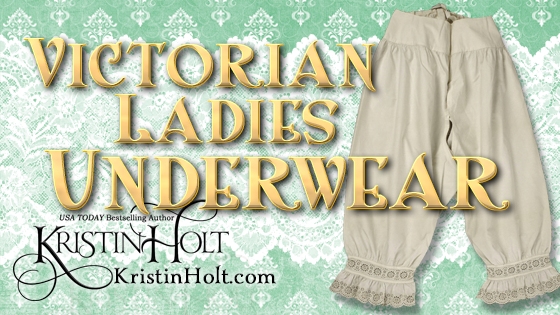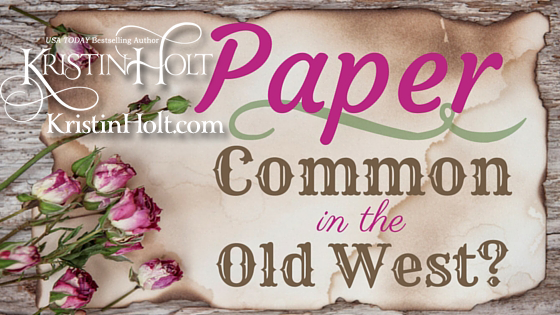
by Kristin Holt | Mar 2, 2017 | Articles
In the 19th century American West, Gingham was more than checked fabric made of cotton–it was also striped. Any woven cotton cloth made of pre-dyed alternating threads (plaid, striped, or checked) was called gingham. Why would pioneers (or frontiersman, or Old West women) select gingham? What made this fabric practical? Why would we name an anthology with Gingham in the title?

by Kristin Holt | May 24, 2016 | Articles
Throughout the 19th century, ladies undergarments remained quite similar. Drawers (or bloomers), yesteryear’s most related item to today’s panties, ranged from knee- to ankle-length, were constructed of various fabrics, and were held up by a button or drawstring, with an open crotch.
Item listings in vintage catalogs and magazines illustrate the standard items available via mail-order throughout the United States Victorian era.

by Kristin Holt | Jan 27, 2016 | Articles
I’ve read books where the intrepid hero has to reuse brown paper the mercantile owner used to wrap a purchase in order to leave the heroine an all-important note. I read another novel where a would-be bride’s employer deducted the cost of paper and envelope from her wages. Was paper that expensive? Did expense translate to scarcity?











